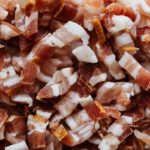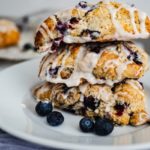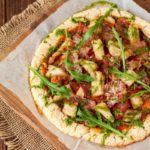There are a few common things that irritate the delicate balance of “good” and “bad” gut bacteria in our digestive systems.
Things such as prebiotic foods, probiotic foods, antibiotics, high sugar intake, FODMAP foods, stress, and low fibre diets can all have an impact.
But there’s a bigger issue at play. Our food supply.
Changes in farming practices over the last 50 years have resulted in reduced crop diversity. What this means is that major farmers and manufacturers are focusing on growing a limited number of food crops. Why is this? Well, typically it is to get more bang for their buck. From seed purchasing through to the manufacturer’s wanting cheap products to use in their food items, diversity is out.
So what does this mean for us? It means that for the most part, the majority of the food supply lends itself to 5 key ingredients. Wheat, barley, canola, corn, rice and soy. Here in Australia, our largest crops are wheat, barley and canola.
If you follow a gluten-free diet, you need to cut wheat and barley from this list. The result is that your flour options, and therefore packaged product variety, is even more restricted.
And don’t get us started on the supermarket take-overs that keep seeing our favourite brands disappear off the shelves, only to reappear as supermarket branded options. Seriously, what is up with that?!
Just take a look at some common gluten-free packaged products. They contain so many of the same ingredients, and most are from the top 5 crops.
Have you tried using flaxseed in your gluten-free bakes? See our Gluten Free Flaxseed Bread Recipes for some inspiration.
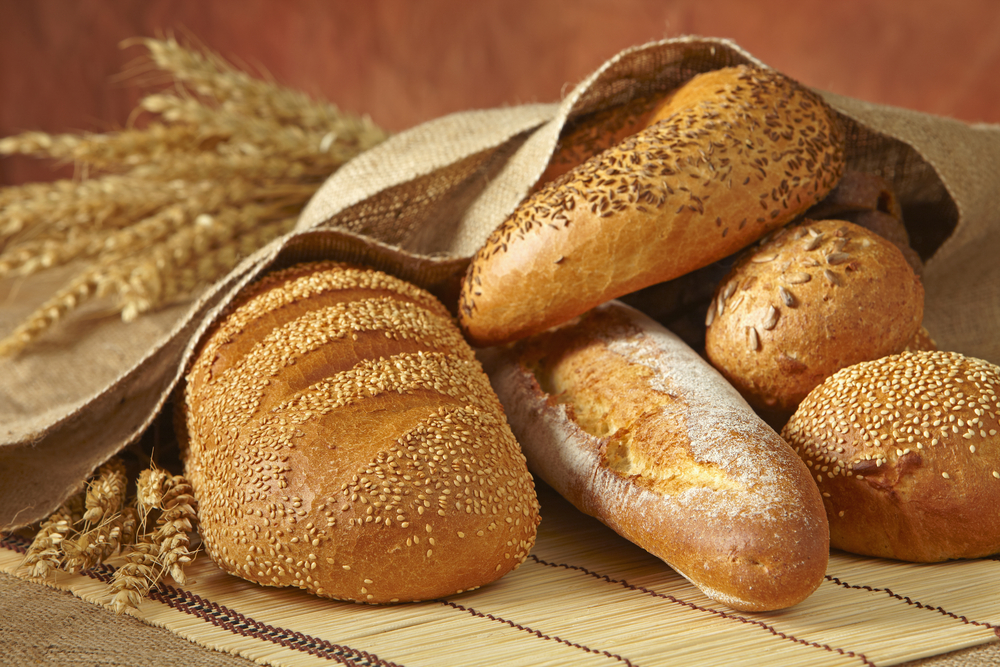
Examples of Gluten Free Food Ingredient Lists
*Some of these are available in Australian supermarkets. Others can only be bought online, often through specialist gluten-free or healthy food sites.
Glutino Sea Salt Crackers –
Brown rice flour, brown sugar, sesame seeds, long grain white rice flour, long grain brown rice flour, corn and/or canola oil, flaxseeds, corn starch, quinoa seeds, amaranth seeds, tamari soy sauce (soybeans, salt, maltodextrin), sea salt, natural flavour.
For a range of GF-friendly crackers available in Australia – see here.
Udi’s White Sandwich Bread –
Water, tapioca starch, brown rice flour, canola oil, egg whites, potato starch, modified food starch, tapioca maltodextrin, dried cane syrup, tapioca syrup, yeast, gum (xantham gum, sodium alginate, guar gum), salt, locust bean gum, cultured corn syrup solids and citric acid (mold inhibitor), enzymes. Contains: egg.
Carman’s Deluxe Muesli –
Dried fruit 24% (sultanas, raisins, dates), rice flakes 21% (rice flour, fructose, salt, emulsifier [471]), seeds 20% (sunflower seeds, pepitas), puffed rice (rice flour, rice bran), honey 8%, sunflower oil, nuts 3% (almonds, hazelnuts, pecans), psyllium husks, cinnamon, natural vanilla flavour, antioxidant (307b, soy).
Click here to buy Carman’s Deluxe Muesli
Yes You Can Buttermilk Pancake Mix –
Maize starch, maize flour, sugar, buttermilk (4.5%), whole egg powder, whey (from milk), raising agents (450, 500), vegetable oil, mineral salt (341), iodised salt, thickener (415).
To buy Yes You Can Buttermilk Pancake Mix, click here.
Melinda’s Chocolate Brownies –
Dark chocolate (23%) (sugar, vegetable oil, cocoa powder, emulsifier (soy lecithin, 492), flavours, Cocoa solid (12%)), gluten-free self-raising flour (maize starch, tapioca starch, soy flour, rice flour, raising agents (575, 501, 500)), brown sugar and cocoa powder.
Click here to order Melinda’s GF Chocolate Fudge Mug Brownie
If chocolate is your vice, try our Gluten-Free Chocolate Banana Mousse Cake Recipes
Then you have corn chips, rice crumbing and cake mixes full of starches, maize, soy flours and more. Not to mention tinned tuna and canned vegetables in vegetable and canola oils; soy milks, processed soy meat alternatives, soy protein bars, and the copious choices of vegetable oils for cooking (which I don’t recommend using!).
There’s big money where those products come from. That’s because so many of their ingredients are produced with such high volume, that everybody wins. Except, for every body that regularly ingests a diet high in these foods, without much else.
You see, if we limit our food choices to a high intake of these packaged, processed, and ready-made food items, despite what they look like, we’re still eating the same things!
Have a look at our Vegan & Gluten-Free Muesli Recipes for some inspiration
Same Same But Different
You can have gluten free cereal for breakfast, a gluten free sandwich for lunch, then gluten free pasta for dinner. On the surface these are three completely different meals.
However, in each of them, the bulk of the meal is made up of the same key ingredients.
Our Gluten Free Toasted Muesli Granola Recipes have lots of variety
How Poor Diet Variety Affects Our Health
Firstly, our limited diets may reduce the amount of vitamins and minerals we can get from our diet. This, in turn, could lead to malnutrition and nutrient deficiencies.
But just, if not worryingly, it turns out we’re affecting the health of our gut as well. That’s bad news for chronic disease prevention.
New research suggests that the reduction of variety in our diets has changed the diversity of our gut bacteria. There is evidence to suggest that this is because our gut bacteria strains adapt and change in numbers to match what we’re eating.
So in a nutshell, it appears that healthier people have a more diverse microbiome. And this diverse microbiome is due, in part, to a diet with a higher variety of foods and nutrients.
We have some great Gluten Free Date Muffin Recipes for you to make
Why a Diverse Microbiome Matters
Many studies are now finding that a lack of diverse gut bacteria is correlated to a number of disease states such as obesity and metabolic syndrome, type 2 diabetes and inflammatory bowel diseases. The theory is that a greater bio-diversity of gut bacteria is more resilient to anything that your lifestyle or diet throws at it.
So aside from looking after your gut bacteria with:
- Foods rich in prebiotics (where possible, as for some, these food items cause stomach problems i.e. they tend to be high FODMAP foods),
- Including probiotic sources such as cultured yoghurts (dairy, coconut or otherwise),
- Fermented drinks (kombucha, kefir),
- Fermented foods (sauerkraut, kimchi, traditional pickles)
- And probiotic supplements…
Have you tried making Gluten Free Chickpea Flatbread? Check out our recipes
It seems a diet rich in variety is also important, not just for your overall nutrient intake, but the health of your gut, and in turn, the health and wellbeing of your entire body.
Editor’s Note: We’ve had a few enquires about finding kefir grains in Australian supermarkets. In our experience, it hard to find kefir grains at your local shops. However, some Woolworths supermarkets stock kefir alongside their milk products. It’s also worth checking Woolworths online.
If you are happy to buy your kefir grains online there are plenty of Kefir Kits and Kefir Culture Sachets for you to choose from. Click here for more information and prices.
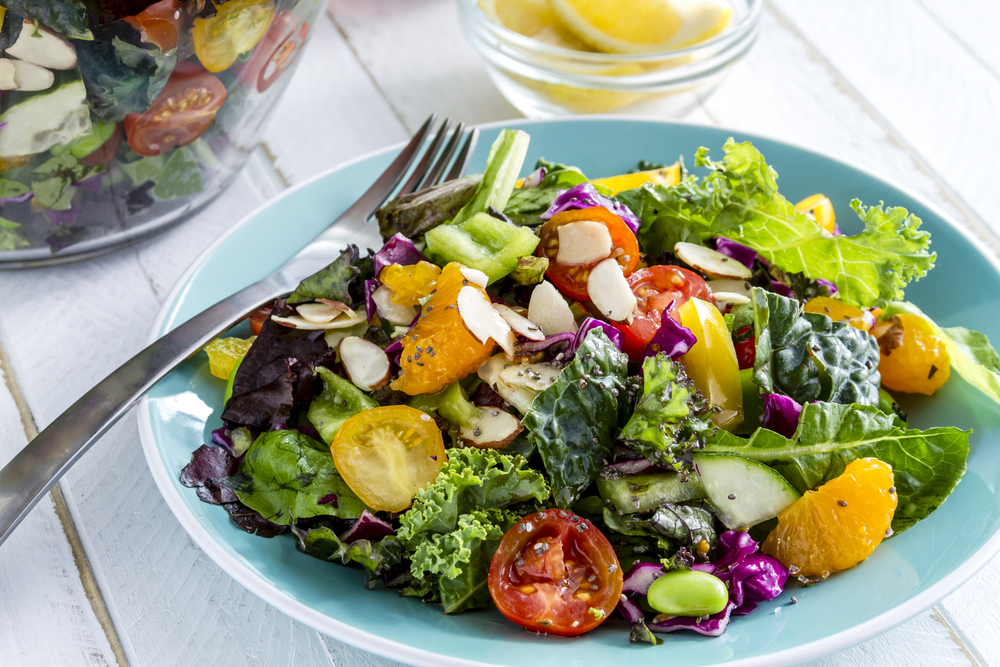
The Bottom Line
While the products listed above are gluten-free alternatives – and fine to have on occasion – what you eat them with is also a factor.
It’s important to combine them with a range of colourful fresh fruit and vegetables, a mix of protein sources, and homemade baked goods using alternative flours to ensure you’re getting the widest variety of different foods possible.
Our Gluten Free Savoury Vegetable Muffins are a delicious way to up your veggie intake
Alternatives to try:
- Wheat and rice flour – swap for – Tigernut flour, almond meal, quinoa flour, buckwheat flour
- Soy protein – swap for – pea protein, grass-fed whey protein, brown rice protein
- Soy and rice milk – swap for – almond, macadamia, coconut, tigernut milks
- Canola oil – swap for – olive oil, coconut oil, butter, ghee, avocado oil
- Rice and barley – swap for – quinoa, cauliflower “rice”, buckwheat groats, wild rice
- Corn (predominantly as maize or corn starch) – swap for – tapioca/cassava/arrowroot flour, glutinous rice, agar agar
Talking of quinoa. Check out our article, Is Quinoa Gluten Free? Effects Of Eating It And Alternatives
This type of research highlights the need to add colour to your plate!
- The 15 Best Sandwiches In Melbourne - April 18, 2024
- The 9 Best Vietnamese Restaurants In Melbourne - April 17, 2024
- Sydney’s Best Chocolate Shops - April 4, 2024

